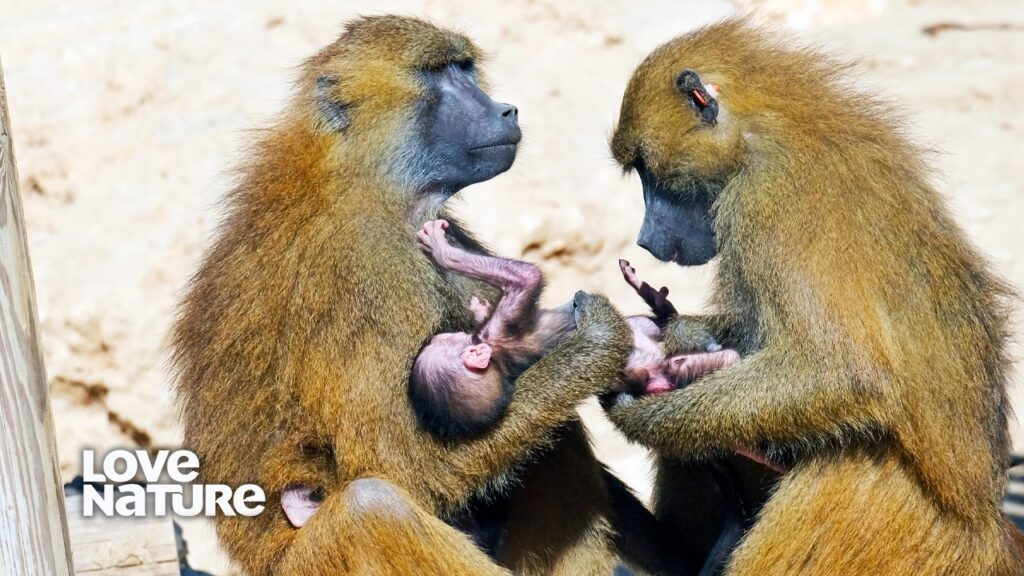
Baboons live in large, tightly-knit groups called troops, which can consist of dozens, sometimes over a hundred individuals. Within these troops, social order is everything. From dominant males to nurturing females, every baboon plays a role in keeping the group functioning and safe. Their ability to work together is what sets them apart and enables them to thrive in some of the harshest environments on Earth.
Cooperation among baboons shows up in many ways. When danger lurks — whether it’s a predator nearby or a rival troop invading their territory — baboons act fast, relying on alarm calls and defensive formations. The strongest males will position themselves at the front, while mothers and infants are protected in the center. This coordinated behavior is not random; it’s the result of years of social learning and mutual understanding.
Beyond defense, baboons also cooperate in more subtle but equally important ways. Grooming, for example, is more than just hygiene — it’s a social glue that reinforces bonds between individuals, lowers stress, and helps resolve conflicts. A baboon that grooms another is not only offering kindness but often earning loyalty and support in future disputes.
Female baboons form particularly strong alliances, often centered around family lines. These bonds create stability within the troop, ensuring that younger members grow up in a secure, cooperative environment. Even males, who compete fiercely for dominance, often form temporary coalitions to challenge rivals or gain favor with females.
This complex web of relationships and shared responsibilities is what keeps the troop strong. Without cooperation, the group would fall apart, leaving individuals vulnerable to threats from predators, starvation, or internal conflict.
“Baboons: Rules of the Troop” illustrates a fascinating truth about nature: sometimes the best way to survive isn’t to outfight your enemies, but to out-cooperate them. In the world of baboons, unity isn’t just power — it’s life.


